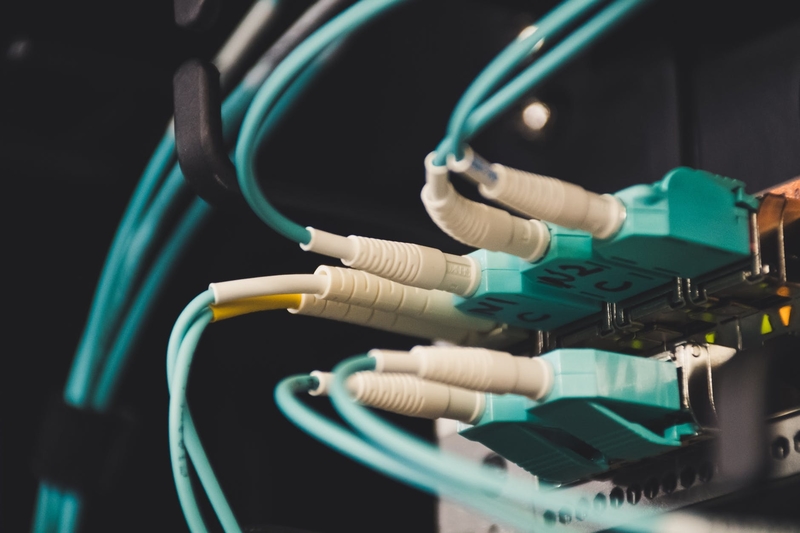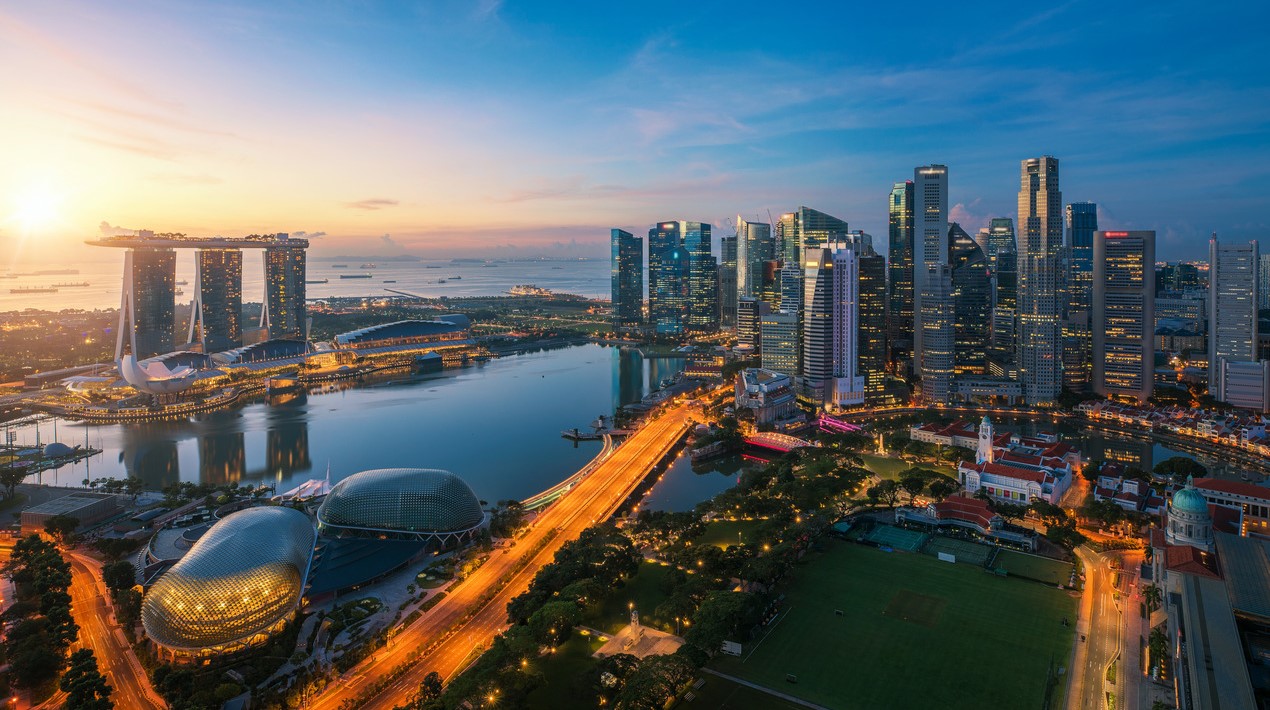
The Department of Information and Communications Technology (DICT) recently announced its plan to improve telecommunications and internet connectivity in the Philippines. Also, a plan for a government-owned national fibre-optic network through the National Broadband Program (NBP).
The move comes after apparent improvements in average internet speeds in the country, as per recent surveys. Based on the Ookla Global Index, the Philippines has significantly improved in internet speed, marking a 216.94% increase in fixed broadband speed and a 127.82% increase in mobile internet speed from July 2016 to July 2020. According to the data, the country now registers an average of 25.07Mbps and 16.95Mbps for fixed broadband and mobile internet, respectively.
In a statement, DICT noted that the average internet speed suggested for video conferencing is around 1 to 4 Mbps, while standard definition and high-definition video streaming are around 3 to 4 Mbps and 5 to 8 Mbps, respectively. Voice over internet protocol (VoIP) requires only 90 to 156 kbps.
While the country’s mobile internet speeds have multiplied in recent years, it can still do more by improving fibre optic cables and cell tower infrastructure, the DICT Secretary, Gregorio B. Honasan II explained. DICT acknowledges the average internet speed improvements in the country in the past four years, based on available data. However, the Philippines’ biggest problem concerning digitalisation remains the lack of ICT infrastructure, resulting in poor coverage across the country, leaving many with weak to no connection signal. Thus, DICT is emphasising the need for funding and support for the NBP.
The Secretary stated that the responsibility to improve national ICT infrastructure should not belong to the private sector alone. A government-owned network, built even in remote communities and not based on market viability, must become a reality.
The proposed budget of around PH₱ 18 billion (US$ 371,383) is set to cover the Philippines by 2022 under the Program’s Phase 2. DICT Assistant Secretary Emmanuel Rey Caintic explained that the proposed budget will speed up the lighting up of fibre optic cables of the National Grid Corporation of the Philippines (NGCP) and the National Transmission Corporation (TransCo) across the country. He added that DICT can simultaneously install active components for fibre optic cables in various provinces and deliver expected results in six to nine months given the requested funding. Part of the budget will be spent on microwave radio towers, which will be deployed in areas with no fibre optic cables.
Phase 1 of the NBP is expected to be completed in early 2021. Using the 2019-2020 budget, DICT is set to activate and connect the Cable Landing Station in Baler, Aurora to the NGCP node in San Fernando, La Union through the Luzon Bypass Infrastructure. Four DICT nodes and 15 NGCP nodes will also be activated.
DICT is currently working with eight provinces regarding the establishment of provincial broadband networks that will be linked to the fibre optic cables from the NBP Phase 1 implementation.
In perspective, neighbouring countries with similar initiatives, such as Indonesia, Australia, and New Zealand, have allotted significantly higher budgets for their national broadband networks. Indonesia is reported to have allocated over US$ 22 billion for its five-year national broadband plan, while Australia and New Zealand have allocated around US$ 37 billion and US$ 1.19 billion, respectively. Other countries, such as Singapore, are improving their systems by spending around US$ 550 million and opening their network to all service providers. While the approved budget for NBP Phase 2 is around PH₱ 902 million (US$ 18 million), approximately PH₱ 17 billion (US$ 350 million) more is required to build a fiber-optic network that would encompass the entire country.
The NBP is part of DICT’s Connect-Connect-Connect initiative, which aims to improve telecommunications and internet services in the country.
















